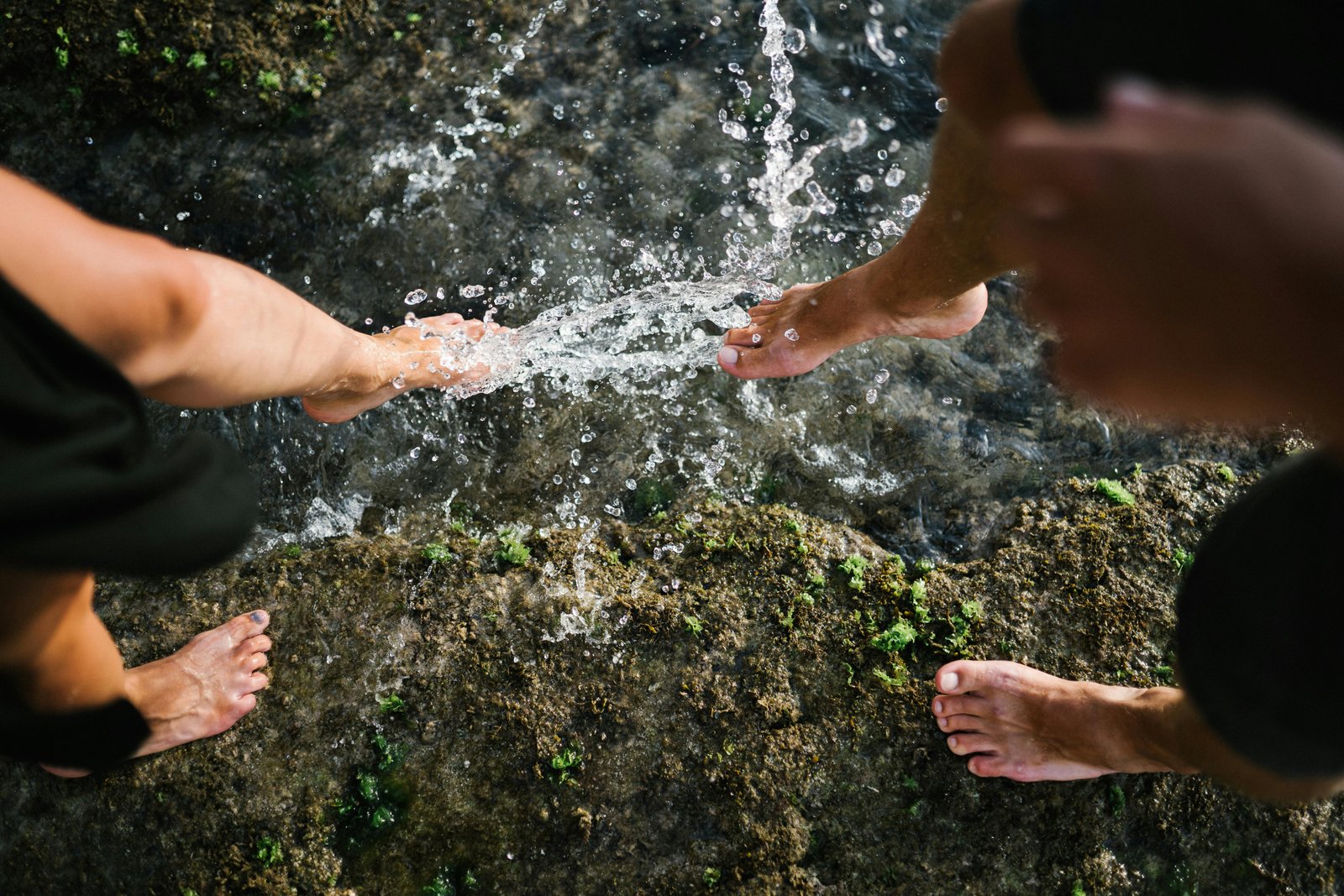Embarking on a career as an adventure therapist calls for understanding a unique therapeutic process. This innovative approach integrates outdoor activities with traditional therapy techniques to support mental health and personal growth.
An adventure therapist is a mental health professional who uses outdoor activities and experiential learning to help individuals address emotional, psychological, and behavioral challenges. By incorporating activities such as hiking, rock climbing, kayaking, or team-building exercises, adventure therapists facilitate personal growth, improve coping skills, and enhance self-awareness. The goal is to create transformative experiences in nature that encourage individuals to step outside their comfort zones, build resilience, and develop healthier ways of managing stress, anxiety, trauma, and other mental health concerns.
Let's delve into the key components of the adventure therapy process.
Initial Assessment
The first step in adventure therapy is conducting an initial assessment to determine the client’s needs and therapeutic goals. During this stage, the therapist evaluates:
- The client’s mental and emotional health.
- Physical fitness and capability to participate in outdoor activities.
- Personal goals and what they hope to achieve through therapy.
Designing Interventions
Once the assessment is complete, the therapist designs a tailored intervention plan, selecting activities that will best meet the client’s therapeutic goals. For example, a client struggling with anxiety might benefit from hiking in a calm, peaceful environment to reduce stress, while someone dealing with trust issues may be encouraged to try rock climbing, which requires reliance on others for safety.
Session Dynamics
A typical adventure therapy session follows a loose structure:
- Pre-activity Discussion: The therapist and client discuss the goals of the session, setting intentions for the day’s activities.
- Engagement in Activity: The client participates in the chosen outdoor activity, while the therapist facilitates reflection and discussion.
- Post-activity Reflection: The therapist guides the client in reflecting on their experience, helping them draw connections between the physical challenges and their emotional or psychological struggles.
Evaluation
Evaluation is a critical step in the adventure therapy process, ensuring that the interventions are effective and meet the client's goals. Therapists regularly assess progress by soliciting feedback from clients and observing changes in behaviour and coping skills. Evaluation can involve reflective discussions, journaling exercises, or formal assessment tools.
This ongoing evaluation helps therapists adjust the treatment plan as needed, ensuring that clients continue to benefit from the therapy. Successful evaluations often highlight increased self-awareness, improved interpersonal skills, and enhanced emotional well-being.

How to Find and Choose an Adventure Therapist
If you are considering adventure therapy for yourself or a loved one, it’s important to find a qualified professional. Adventure therapists often hold specialized certifications and extensive training in both therapeutic techniques and outdoor leadership. You can begin your search by exploring:
- Professional Directories: Look for therapists in professional associations such as the Adventure Therapy International Directory, regional mental health organizations, the Association for Experiential Education (AEE), or the Therapeutic Adventure Professionals Group (TAPG).
- Networking: Reach out to local mental health groups, outdoor clubs, or wellness centers, which often have recommendations for therapists specializing in adventure or experiential therapy.
- Online Research: Utilize online platforms and review sites to find therapists who list adventure or experiential therapy as part of their practice.
Questions to Ask
When interviewing potential adventure therapists, it’s important to ask the right questions to ensure they are a good fit for your needs. Key questions to consider include:
- What is your background in adventure therapy, and how long have you been practicing?
- What kinds of clients do you typically work with, and what therapeutic approaches do you use?
- How do you ensure safety during outdoor activities?
Can you provide examples of successful outcomes from previous clients?

Evaluating Fit:
Evaluating whether a therapist is the right fit involves more than just their qualifications. Consider the following:
- Personal Connection: Feeling comfortable and establishing a rapport with the therapist is crucial. An initial consultation or meeting can help gauge compatibility.
- Therapeutic Goals: Ensure that the therapist’s approach aligns with your therapeutic goals and that they are open to discussing how progress will be measured.
- Client Feedback: Seek feedback from current or previous clients to gain insight into the therapist's effectiveness and approach.
By carefully navigating these steps, you can find an adventure therapist who not only meets your qualifications but also inspires and supports your journey through the healing power of the outdoors.
The responsibilities of a therapist are unlike regular professionals and thus call for additional qualities, strategies, and well-planned procedures for delivering quality therapy sessions. Make sure you undergo your training very sincerely before becoming a professional adventure therapist. You will be responsible for the wellness of thousands of people and beyond; you ought to be careful.

